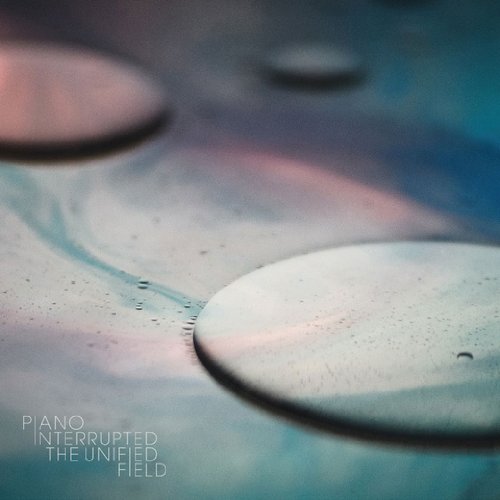Long before the commodification of romanticism, before its subjugation to the needs of a tertiary sector-lead society and the serious business of Chinese restaurant background music, long before all that and something else, there was a time when namedropping Claude Debussy, the Schumanns and Frédéric Chopin at meals was considered acceptable and a rather decent silence filler between the casserole and the pudding. When London-born pianist and composer Tom Hodge and French electro-acoustic producer Franz Kirmann joined forces and came up with an album, Two By Four, in 2012, the idea of interrupting a piano with electronic digressions sounded like a great and innovative concept. What about Alva Noto and Ryuchi Sakamoto, I hear you say. Yes, just like their Vrioon (2002) or Summvs nine years later. But without the glitch, the angularity and the tricky formulas behind the walls of white noise and sensuality.
Two By Four was an honest interpretation of what might happen if you put two likely minds together in a room to write the soundtrack (with Hodge being the more versed of the two having written a number of film scores in the past) to a movie that will never happen. Not bad, not good, just a soundtrack. The fact that Nils Frahm sat behind the mixing desk contributed to giving the album a certain modern classical feel that could be heard on a track like ‘Étude’, where the piano was almost drowning underneath the layers woven together by Kirmann with taste and sense of proportion.
The Unified Field continues along that path, but the overall impression is that the method has now surpassed the meaning. The two musical entities – the piano and the electronics –perfectly absorb each other without solution or continuity, and their mutual interfusion reveals itself in the most natural of ways. The music is a fluid whose stream is controlled with elegance almost mimicking that unified field theory whose developments have been fascinating physicists and mathematicians alike for decades. But music will never be crystallised as a single concept, as the mere thought makes yours truly shiver with disdain, and Hodge and Kirmann know it all too well. The contrasts, the sheer force with which the BPM increase their pace vis-à-vis the controlled, disciplined piano on ‘Open Line’ is the manifesto this album is built on.
Romanticism is in the way the music rises and falls, almost projecting itself in a supernatural dimension which has – rather ironically – its roots in the clocklike, almost mechanical strut of the inorganic and the functionally beautiful. Whenever there is a hint of experimentalism (‘An Accidental Fugue’, for instance), this is immediately controlled by the duo’s energies, which tend (almost imperceptibly) to annul each other. Spontaneity (and with it the occasional cello and the double-bass insertions) is subordinated to the need to retain a certain melodic logic.
What is missing here is the warmth and the imperfection; not the error, but rather the possibility of erring. The Unified Field is a dry (in the most complementary of ways) and synthetic album that – we are sure – a minimalist would love to have the chance to write for a change. It is somebody’s impossible dream and the duo’s damnation at the same time. It is a lot more than a silence filler and a lot less than a memorable conversation starter.


